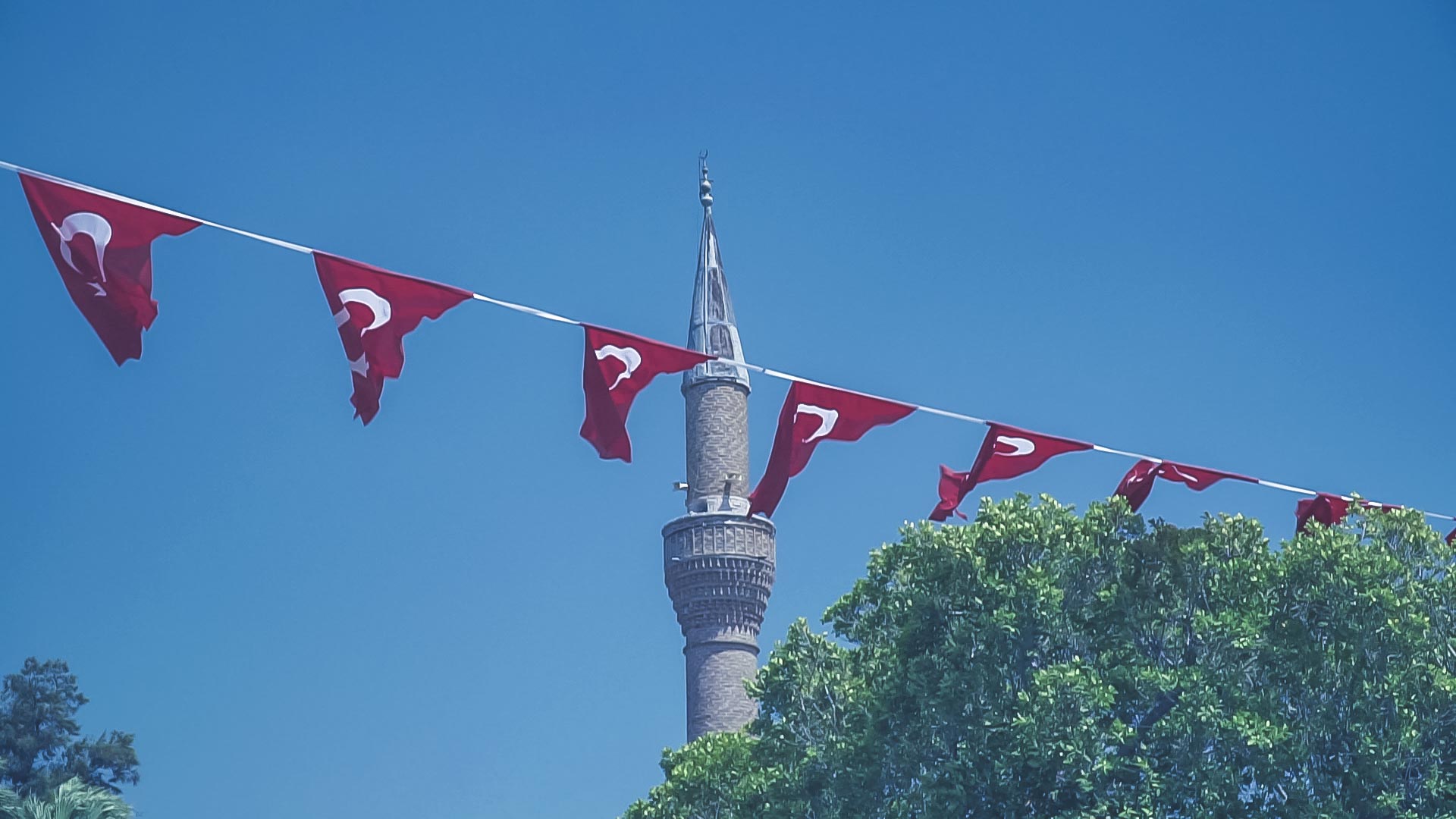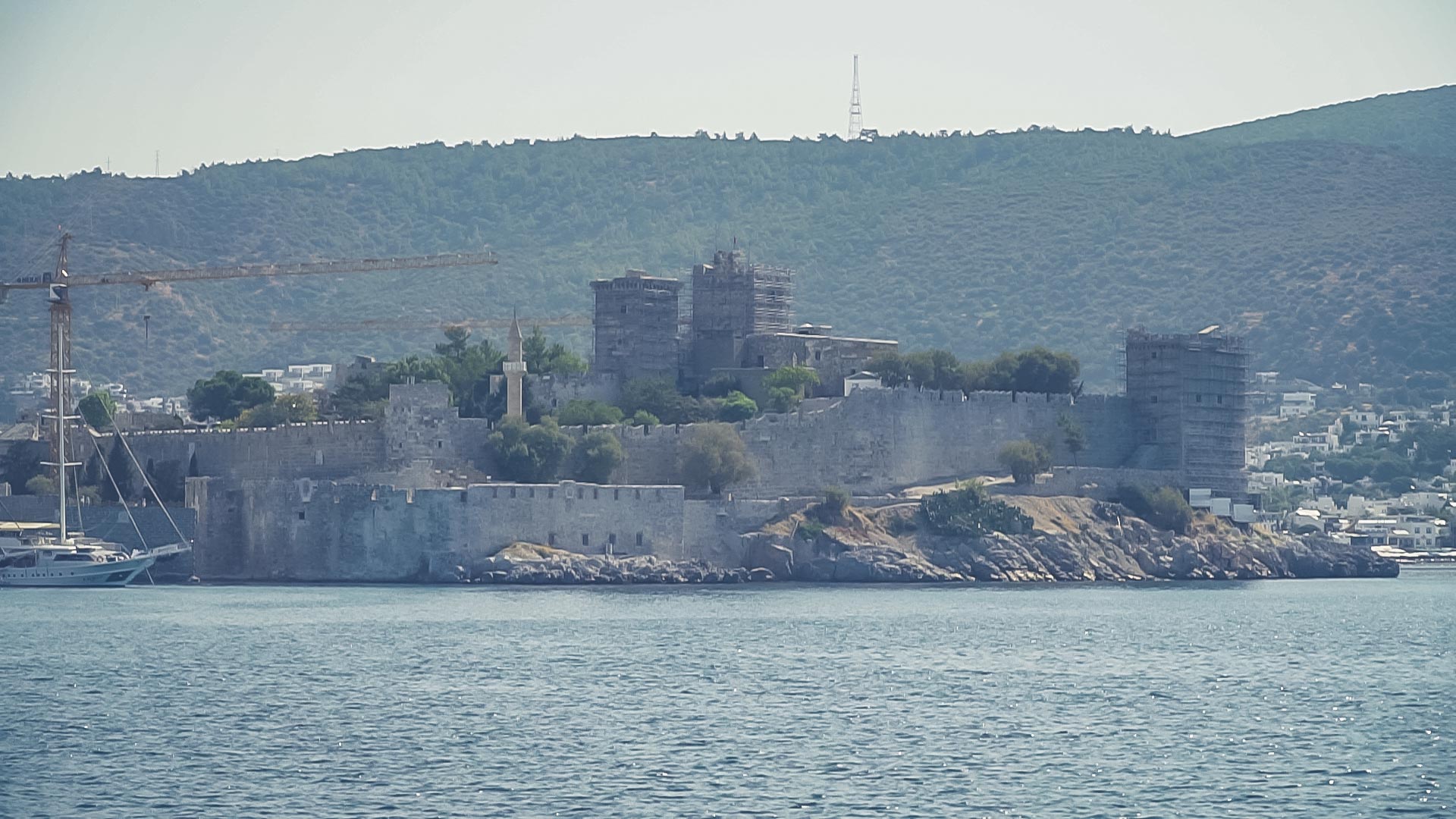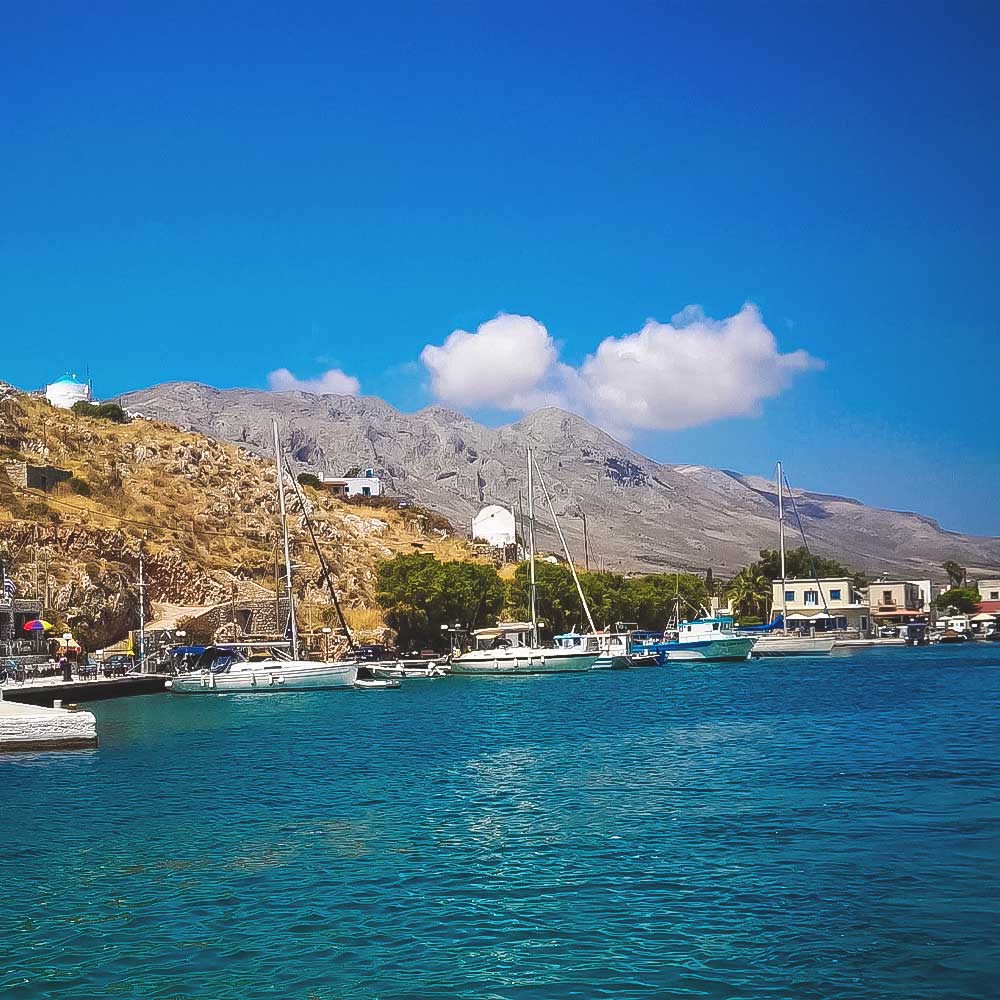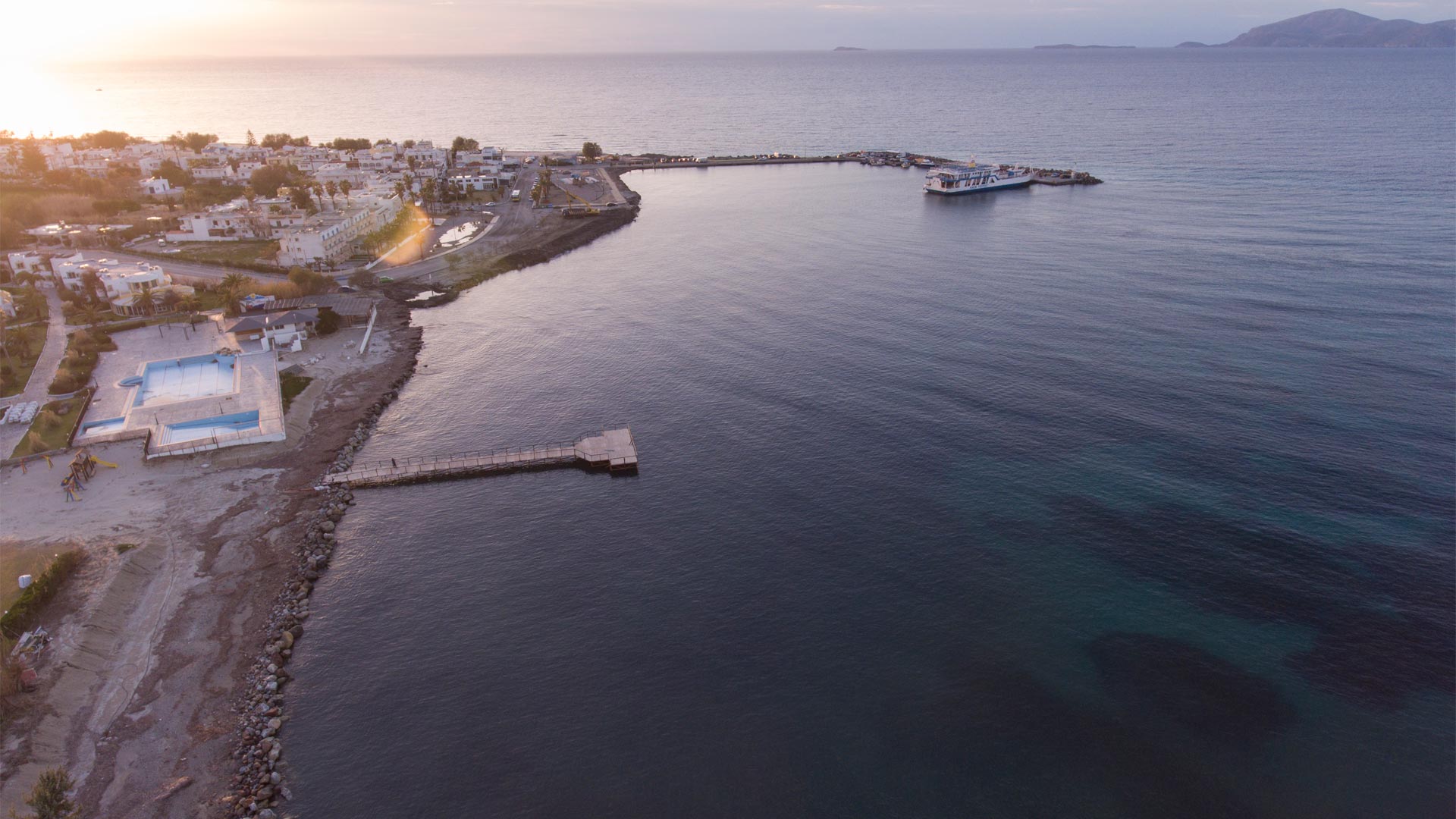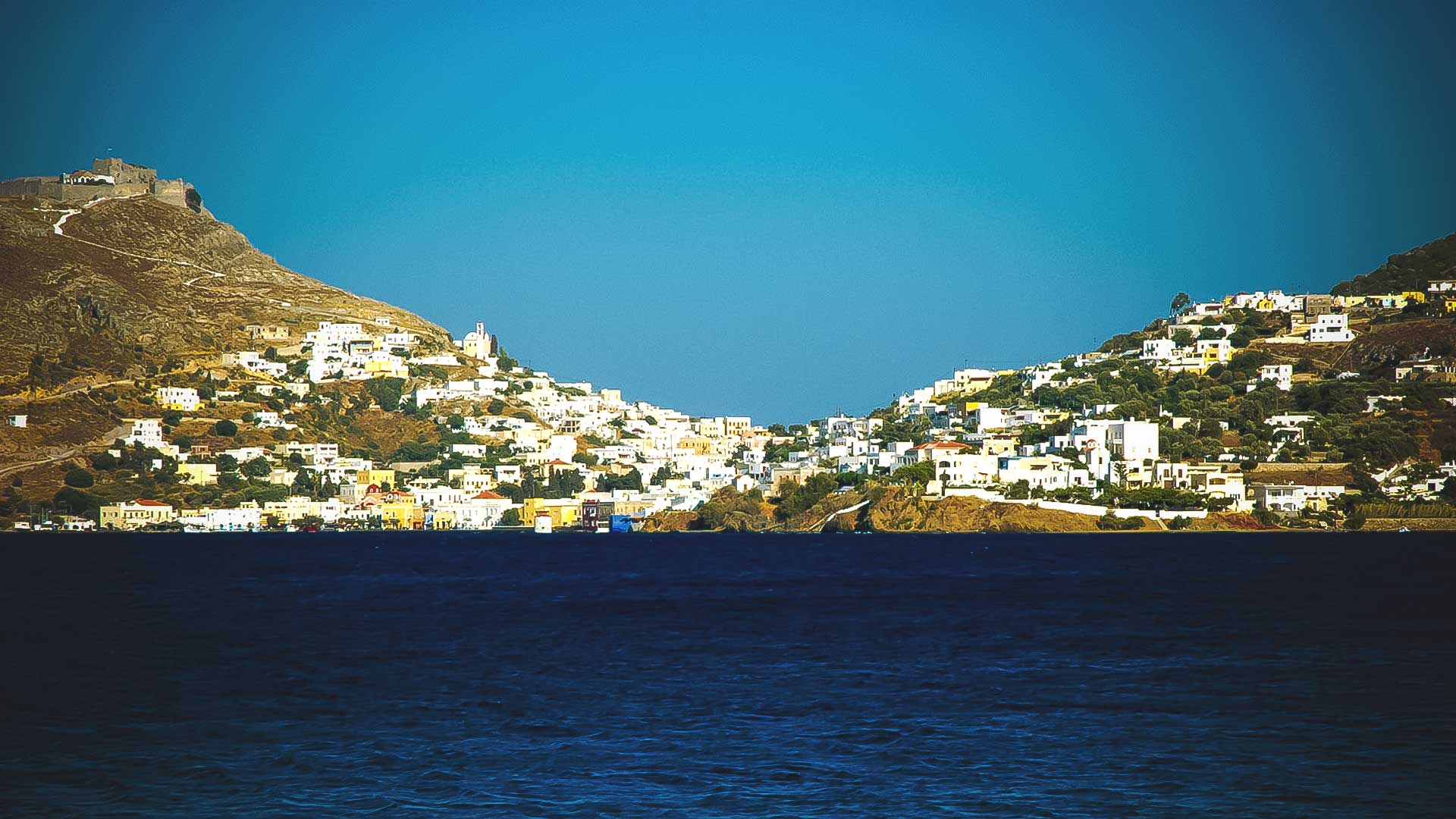ALIKARNASSOS/
What to see: Once you leave the port you can visit the Castle of St. Peter built by the Knights of St. John. Just outside the city, you will find the ancient theater of Alikarnassos. You should also see the Alikarnassos Mausoleum which is one of the seven wonders of the ancient world. Finally, you can visit the abundant open-air market (Bazaar) of Bodrum.
What to eat: Famous Turkish food and sweets such as kebab and especially sis kebab, borek (pie with meat, cheese, potatoes or spinach), turkish loukoumia, baklava, turkish tea and coffee.
Bodrum is the site of the ancient city of Alikarnassos, the site of the famous Alikarnassos Mausoleum (built after 353 BC) – one of the Seven Wonders of the Ancient World. Unfortunately, the ancient monument was destroyed by the earthquakes of the Middle Ages and the knights of st John in the 13th century.
Bodrum is a fascinating place as it creates a pleasant contrast between the Ancient City – of which there are distinct pieces everywhere in the city – and a playground for wealthy Turks and foreign visitors. It is one of the centers of the Turkish tourism industry and the market town for the peninsula of Alikarnassos which consists of a series of towns and villages located on the edge of the coast. The eastern half of the city has a long thin beach, which has been added in recent years, while the authorities are trying and largely managed to create a good beach. Behind the beach are all the bars, restaurants and nightclubs that are typical of Mediterranean cities. This means open bars that start coming to life from 10am when everyone goes out. The other half of the city is on the west side. This mainly extends around the marina and the Yacht Club. Here life is a little calmer with shops that cater mainly to those who have left their boats. There are plenty of nice restaurants to look for and some good clothing stores. In the evenings there is a wonderful atmosphere, as locals and tourists take walks along the sea.
According to Herodotus, who was born in 484 BC. in Alikarnassos, the city was founded by the Dorians. The Megarians raised the city in 650 BC. and changed its name to Alikarnassos, and then the Persians began to rule the city from 386 BC. After the Roman and Byzantine eras, the Ottomans conquered the city in 1522, during the reign of Suleiman the Magnificent. The city was named “Bodrum” after the proclamation of the Turkish Republic.
During the winter and spring, from November until April, the weather in Alikarnassos is generally very good with a few periods of heavy rainfall. Summer essentially begins after April and is so hot that temperatures can reach over 40 degrees Celsius.




